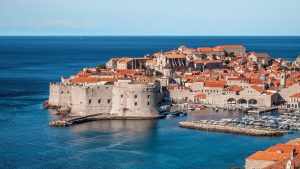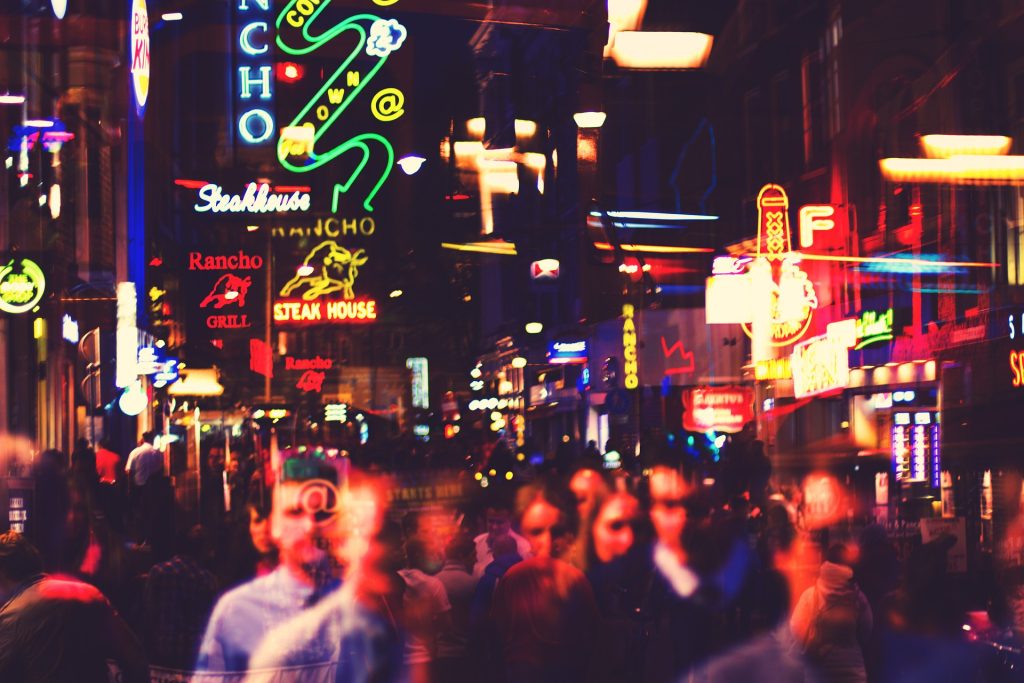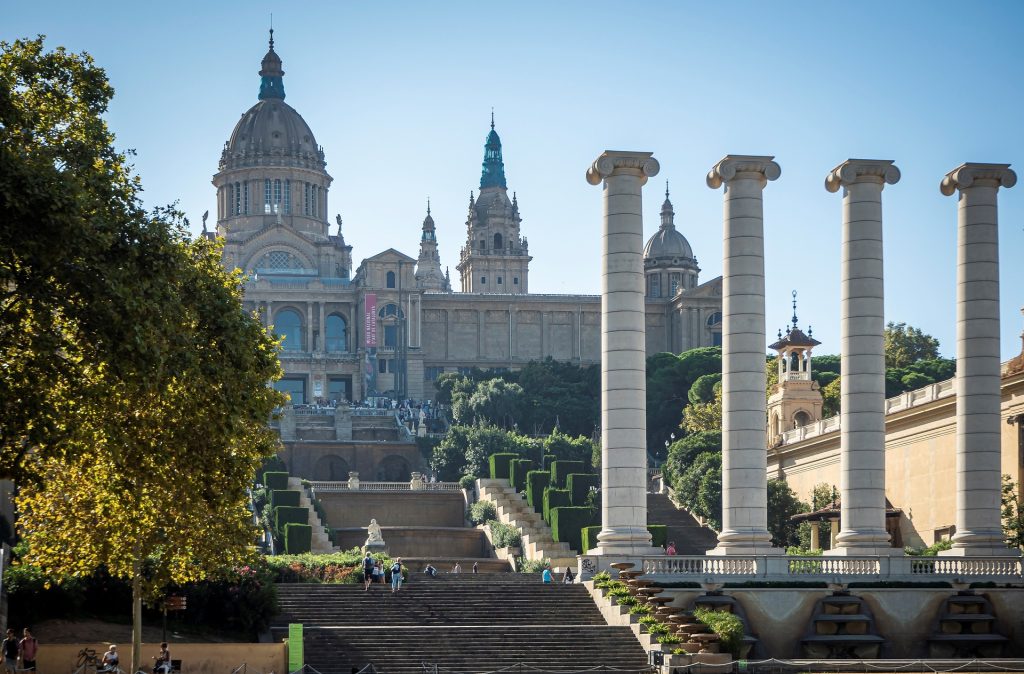 1. Introduction
1. Introduction
Dubrovnik, Croatia, famously known as the “Pearl of the Adriatic,” has seen a massive surge in tourism over the past decade. With its well-preserved medieval walls, crystal-clear waters, and historical significance, it has become one of the most visited destinations in the Mediterranean. However, this immense popularity has also created significant issues for locals. Dubrovnik’s residents are increasingly vocal about their frustrations with the overwhelming number of visitors, especially in the wake of its rise to fame as a filming location for major productions like Game of Thrones. What are the reasons behind this pushback, and why do locals wish to see fewer tourists?
2. A Brief Overview of Dubrovnik
Dubrovnik is a coastal city in southern Croatia, famous for its Old Town, which is encircled by massive stone walls dating back to the 16th century. The city’s stunning architecture, combined with its location along the Adriatic Sea, makes it a favorite among travelers. Key landmarks include Stradun, the city’s main street, the Rector’s Palace, and the majestic Fort Lovrijenac.
However, Dubrovnik has become a victim of its own popularity, especially after it was featured prominently in Game of Thrones as the backdrop for King’s Landing. Since then, tourism has skyrocketed, with more than 1.4 million visitors descending upon the city annually, even though its population is less than 50,000.
3. The Local Perspective
While tourism is essential to Dubrovnik’s economy, many locals are concerned about the negative impacts of overtourism. Here are some of the most pressing issues they face:
- Overcrowding: The narrow streets of Dubrovnik’s Old Town are often jam-packed with tourists, especially during peak season. Large crowds, particularly from cruise ships, make it nearly impossible for locals to navigate their own city. Popular sites like the City Walls and Pile Gate can become almost impassable, leading to a loss of quality of life for residents.
- Environmental Strain: The influx of tourists is taking a toll on Dubrovnik’s environment. The heavy foot traffic is wearing down the ancient limestone streets, and the sheer volume of visitors is straining the city’s water and waste management systems. Additionally, pollution from cruise ships, which dump thousands of passengers into the city for just a few hours, adds to the environmental burden.
- Rising Costs of Living: As Dubrovnik has become more popular, the cost of living has skyrocketed. Real estate prices have soared, making it difficult for locals to afford homes in their own city. Many properties in the Old Town are being converted into short-term rentals for tourists, displacing long-term residents and disrupting the local community.
- Cultural Dilution: With so much focus on catering to tourists, locals feel that the city is losing its authentic charm. Traditional businesses and markets are being replaced by souvenir shops and restaurants that cater exclusively to tourists, reducing the opportunities for locals to engage in their own culture.
4. The Impact of Overtourism
Dubrovnik has become a prime example of the negative impacts of overtourism, with both the city’s infrastructure and local population struggling to keep up with the demands of massive crowds. Here’s how overtourism is affecting the city:
- Cruise Ship Invasion: Dubrovnik is a popular stop for cruise ships, with up to 10,000 passengers disembarking in a single day during peak season. These short-term visitors flood the city for just a few hours, creating massive congestion in the Old Town without contributing significantly to the local economy. Locals often refer to this as “hit-and-run tourism.”
- Erosion of Heritage Sites: Dubrovnik’s Old Town is a UNESCO World Heritage Site, and the increased foot traffic is contributing to the erosion of its ancient walls and buildings. The city’s infrastructure, built centuries ago, was never designed to handle the millions of visitors that now descend upon it annually.
- Tourism-Dependent Economy: While tourism brings much-needed revenue, Dubrovnik’s economy has become overly reliant on it. This makes the city vulnerable to fluctuations in tourist numbers and raises questions about the long-term sustainability of this model. Locals worry that if tourism decreases suddenly, the city will struggle to adapt.
5. Respectful Travel Tips
If you plan to visit Dubrovnik, it’s important to be a mindful traveler and reduce your impact on the city and its residents. Here are some ways to do that:
- Visit Outside of Peak Season: Dubrovnik is busiest between June and August. To avoid the crowds and lessen your impact, consider visiting during the off-season (April-May or September-October). The weather will still be pleasant, and you’ll experience a quieter, more authentic version of the city.
- Stay Longer and Explore More: Rather than taking a short day trip or cruise stopover, stay in Dubrovnik for a few days. This allows you to explore beyond the Old Town, supporting more local businesses and helping to distribute the impact of tourism more evenly across the city.
- Respect the Local Culture: Dubrovnik is a living city with a rich cultural heritage. Dress respectfully, especially when visiting religious sites, and be mindful of noise levels. Participate in local customs and traditions rather than only engaging with tourist activities.
- Avoid Contributing to the Cruise Ship Problem: If possible, avoid visiting Dubrovnik as part of a cruise. By staying on the island for an extended period, you can contribute more significantly to the local economy and reduce the intense, short-term congestion caused by cruise ships.
6. Ethical Considerations
Dubrovnik’s rise to fame has come at a cost, with overtourism causing significant damage to both the city and its community. Ethical travel practices are crucial in mitigating these issues. Visitors should consider how their presence affects the destination and make choices that support long-term sustainability.
While Dubrovnik’s economy relies on tourism, there are ways to engage with the city more responsibly, such as spending more time in the area, supporting local businesses, and visiting during less crowded periods. It’s also worth reflecting on the ethical implications of visiting destinations that are struggling to cope with the influx of tourists.
7. Alternatives to Dubrovnik
If you want to explore the beauty of Croatia but avoid contributing to the overtourism issues in Dubrovnik, consider visiting some of these stunning alternatives:
- Korčula: This lesser-known island is often referred to as “Mini-Dubrovnik” due to its medieval architecture and beautiful landscapes. It offers a similar charm without the overwhelming crowds.
- Šibenik: With its gorgeous Old Town and stunning views of the Adriatic, Šibenik offers a more peaceful, authentic Croatian experience.
- Zadar: Known for its Roman ruins and modern installations like the Sea Organ, Zadar is a coastal city with fewer tourists but plenty of beauty and history to explore.
8. Conclusion
Dubrovnik’s beauty and historical significance make it an irresistible destination, but the effects of overtourism are creating real challenges for the city and its residents. As responsible travelers, it’s important to consider how our visits impact the local community and environment. By making thoughtful choices—traveling in the off-season, staying longer, supporting local businesses—we can help reduce the negative effects of tourism and ensure that Dubrovnik remains a thriving and beautiful city for years to come.

